French quiche is a type of savory tart, which is characterized by its fluffy and creamy filling. To make it stand out, a crunchy butter pastry dough is made for the base and contrast.
The French call quiche dough - Pate brisee, but you will also find it as pasta brisa or masa quebrada.
It has the ability to be both dense and not hard, but slightly crumbly and it melts in your mouth when eating it. This is mostly due to the mandatory presence of butter and the technology of its preparation.
Regarding the products (except butter and flour), which are mandatory, there are slight discrepancies and disputes between many chefs. They consist of whether or not an egg is added to the quiche dough.
Also, in some quiche dough recipes, liquid may be present - water or white wine and in other cases a little baking powder is added, which is probably for a more crumbly texture.
There are as many different opinions as there are countless chefs.
My personal impressions show that in all cases the result is good, as long as the proportions of the products are correct and the recipe is tested.
Here are some ideas for quiche dough or the so-called paté brisee.
Option 1:
200 g of universal flour, 100 g of butter, 1 egg, 4 g of salt and 1 pinch of sugar.
Option 2 (for a thinner base):
150 g flour, 65 g butter, 35 ml water or wine, 1 tsp. salt, 1 tsp. sugar, 1 tsp. baking powder
Option 3 (for a thicker base):
300 g flour, 150 g butter, 2 eggs, 1 pinch of salt, 1 pinch of sugar
The quiche form is a standard size of 28-30 cm in diameter. The amount of dough is more or less depending on how thick you want the base to be, how much stuffing and respectively how high the walls of the dough base should be.
Whichever quiche dough recipe you choose, the rules and technology of preparation are the same:
1. The butter, liquid and egg products (if the latter are present in the recipe) must be cold;
2. The cold butter is rubbed into the flour with your fingers or a special device, until crumbs are obtained, after which the crumbs are kneaded into a dough using cold water (or wine) or an egg;
3. Quiche dough does not need to be kneaded for a long time for two reasons:
- from the heat of the hands it softens and warms up;
- it becomes too elastic, which is contraindicated for this type of butter pastry dough and will spoil the expected result to be crumbly and tender at the same time;
4. Wrap the finished dough with cling film and keep in the refrigerator for 30 to 1 hour to set.
5. Roll it out slowly onto a lightly floured surface or a layer of baking paper. The second is the more convenient option, because later it can be rolled up and easily transferred into the quiche form. It is spread out there and is stuck tightly to the bottom and walls and the more protruding edges are cut out.
6. It is advisable to pierce the formed quiche base with a fork and cool it again for 30 minutes in the refrigerator or 10 minutes in the freezer.
Since butter pastry dough for quiche tends to swell in the oven, it is safer to take other measures against this - place a layer of baking paper on top and a light weight to press the bottom.
7. Before pouring the filling, bake the base in advance, so that it is semi-cooked. This is done for 10-15 minutes at 360°F (180 degrees) in a preheated oven.
Then proceed according to the specific recipe you have chosen.
Pate brisee can be used for a tart or tartlets and savory biscuits.

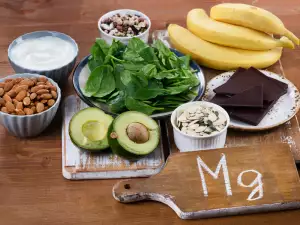

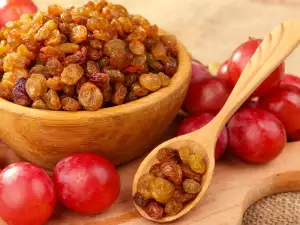
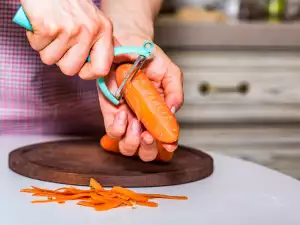


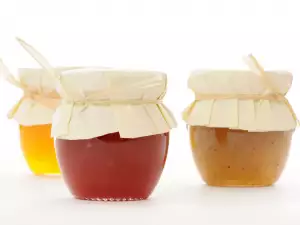
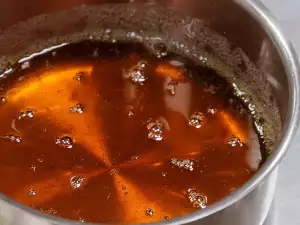



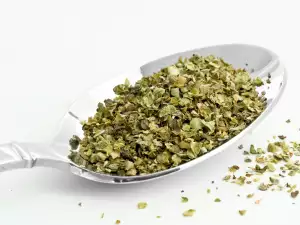


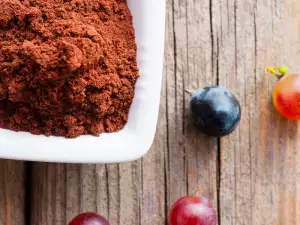



Comments